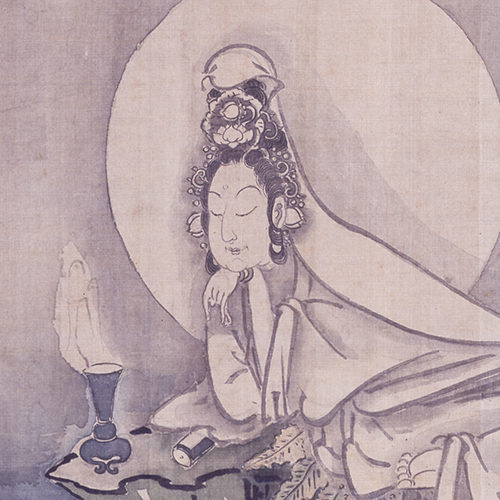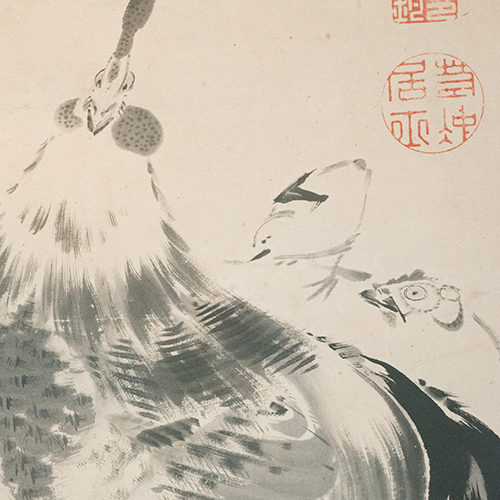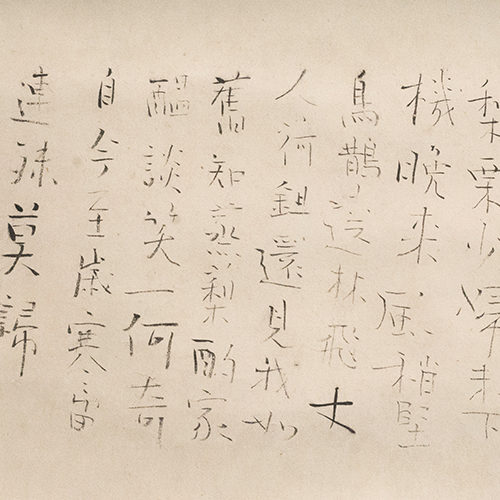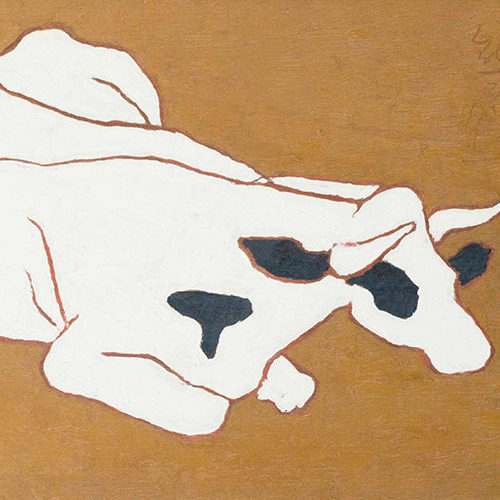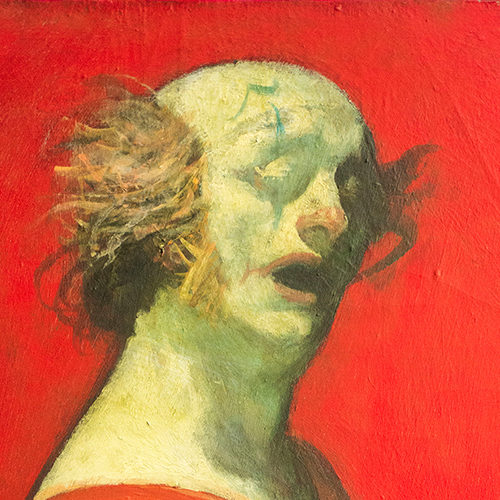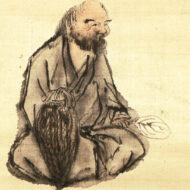Tomioka Tessai (1836-1924) was a literary painter and Confucian scholar of the Meiji and Taisho periods. He is the last representative of Japanese literati painters. He was the second son of Denbei Tomioka and Korejyo Tomioka, a vestments merchant in Sanjo, Kyoto. His name was first “Yuyu” , then “Dōsetsu” , and finally “Hyakuneri” . He changed his name to “Hyakuneri” and his pen name to “Muhatsu. His other names were Tetsugai, Tetsugai, and Tetsudo. He studied Kokugaku, Chinese classics, Yangminggaku, and painting from his childhood. Around 1855, he lived at Shinseiji Temple as a student of the poet Otagaki Rengetsu and was trained by him.
During the final years of the Tokugawa shogunate, he was actively involved in national affairs, interacting with the loyalists of the Imperialist government. After the Meiji Restoration, he traveled extensively to various places to learn about history, geography, and customs, and became the chief priest of Ishigami Shrine in Nara and Otori Shrine in Izumi, devoting himself to the revival of Shintoism. He established the Japan Nanga Association with Tanomura Naoiru, Taniguchi Keizan, and others, and while maintaining his scholarly stance, he developed his painting activities freely, becoming a leading figure in the literati art world with his knowledge and painting skills. In 1917, he was appointed as a member of the Imperial Household Artists’ Association, and in 1919, he was appointed as a member of the Imperial Academy of Fine Arts.
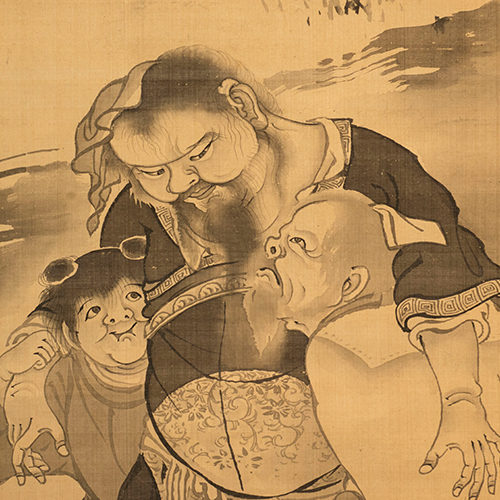
![Kyoto [Gallery-So] for purchase, sale, and appraisal of art works](http://gallery-so.net/wp-content/uploads/2020/05/so-logo.png)
